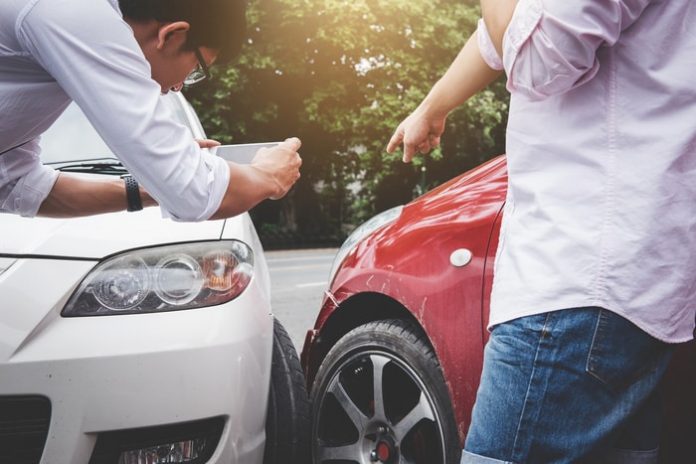
Car ownership is prohibitive when you need to factor in the cost of acquiring the vehicle, financing if you cannot afford to pay in cash, insurance, and maintenance and repair costs. With the average American paying $1,620 a year to ensure a vehicle, finding ways to cut down on premiums can save you money. Investing in a vehicle that is fitted with the latest safety technology may help bring down monthly payments.
How Safety Features Affect Your Premiums
Considering that advanced driver assistance systems (ADAS) have the great potential to reduce collisions and accidents and save lives by as much as 16.3% on highways, according to a Swiss Re study, it is logical to assume that insurance premiums can go down. If there are fewer accidents, there will also be fewer insurance claims. On the contrary, ADAS may drive insurance costs up.
Insurance companies base premiums on the value of vehicles and predicted repair costs, the latter of which are high. For example, fixing a standard bumper will cost from $300-$700, but repairing one fitted with sensors and lights is $1,000 minimum for even a low speed collision. However, this should not discourage you from choosing a safer vehicle which can save your life or prevent injuries. As a driver and car owner, stay smart and look for the best offers, as policies vary from state to state. Some auto insurance companies might also give customers discounts for having these safety features, but you have to find them.
Safety Technology In Cars Is Progressing At A Fast Pace
Vehicle safety technology is also evolving rapidly. Right now, a lot of safety features such as the automatic emergency braking (AEB) systems come as an extra when purchasing a new vehicle. AEB systems sense threats of a forward crash with another vehicle, and will automatically apply the brakes if the driver takes no corrective action. By far, it is hailed as a highly effective safety technology. The good news is that by 2022, the AEB will be a standard feature in all new cars sold by 20 manufacturers in the US.
Another useful tech is blind spot detection (BSD) systems, alerting drivers if there are cars in the adjacent lanes which the driver may not see. This feature helps drivers change lanes safely, while the lane monitoring technology prevents drivers from accidentally drifting out of their lanes. Likewise, lane keeping support (LKS) also assists drivers stay in their intended lanes, and if they stray, braking, steering and acceleration are activated, nudging them back to their lanes.
ADAS in vehicles can reduce accidents and lower injuries or deaths. Although, the systems might increase insurance premiums in the short-term due to expensive replacement and repair costs, over time, new technology could get cheaper and more common, reducing accidents and fatalities, and eventually, lowering monthly insurance costs.











